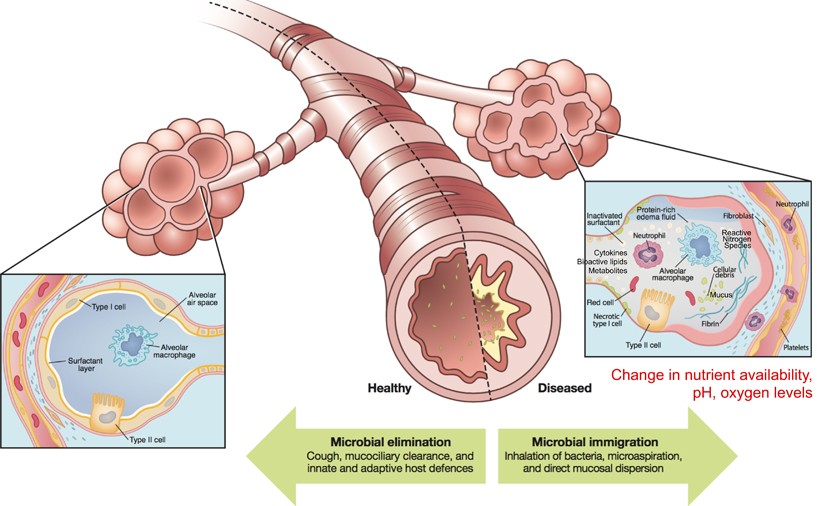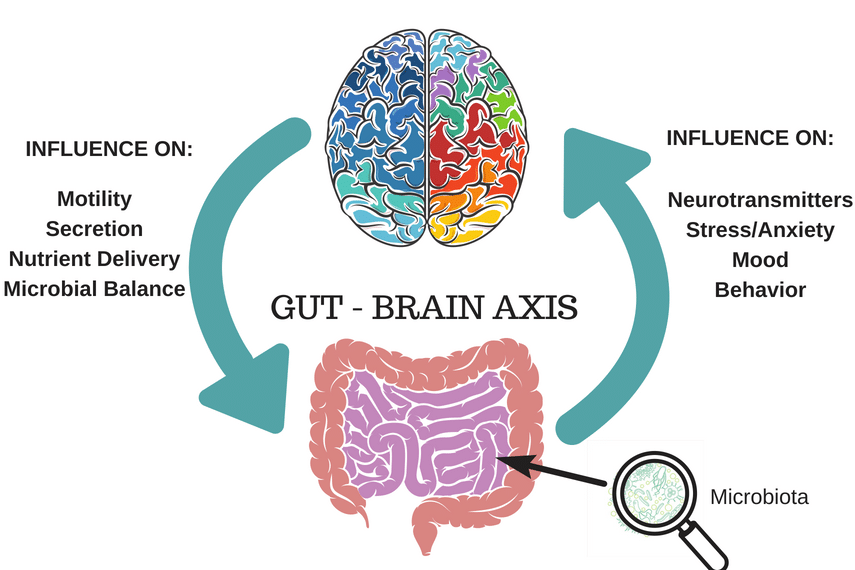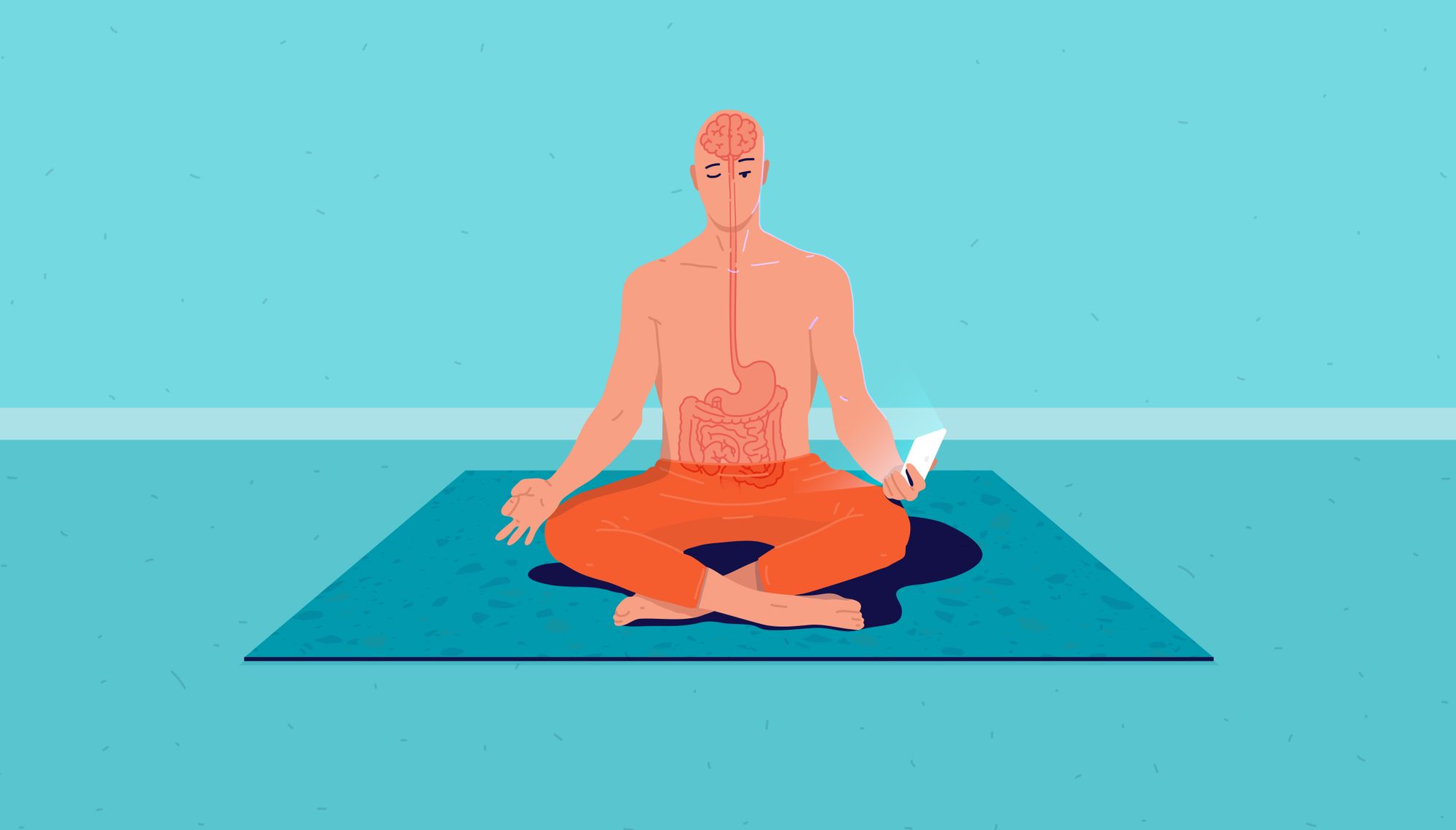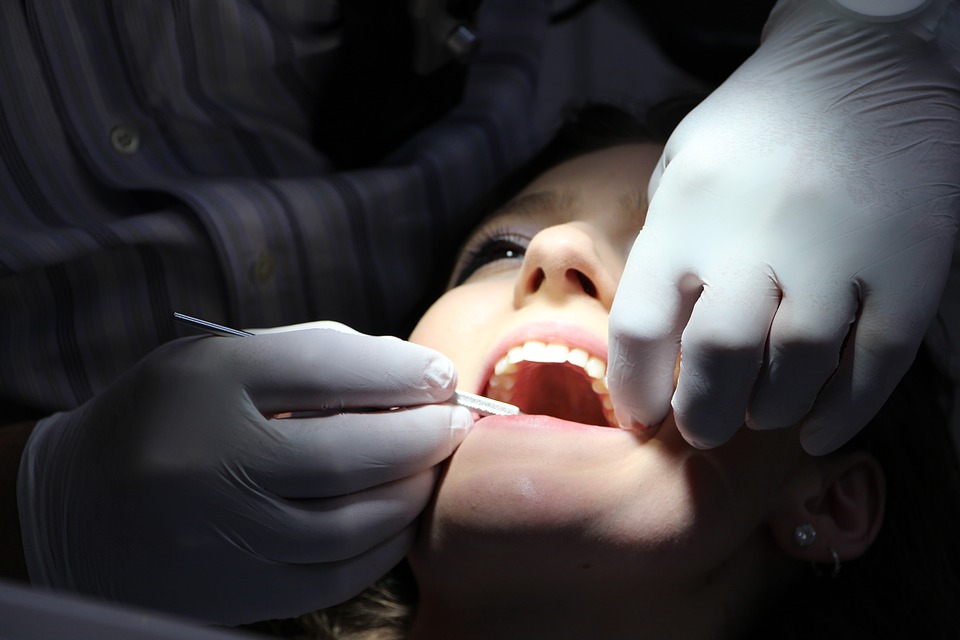Background:
Body odor is a biological process that affects all humans. Many animals have scent glands and body odors that serve different purposes, and humans are no different. It is believed that human body odors might signal familial recognition and communication regarding sexual attraction and reproduction (Hoover, K. 2010). While some human-produced scents may be inoffensive or appealing at best, others are found to be entirely unpleasant (body malodor). These unpleasant aromas are created through interactions between the microbes that live on our skin and substances created by our bodies. Metabolic pathways facilitated by our skin bacteria result in the breakdown of lactic, acetic, and other acids that leave our bodies through sweat, which, by itself, is odorless (Barzantny, H. et al 2011).





